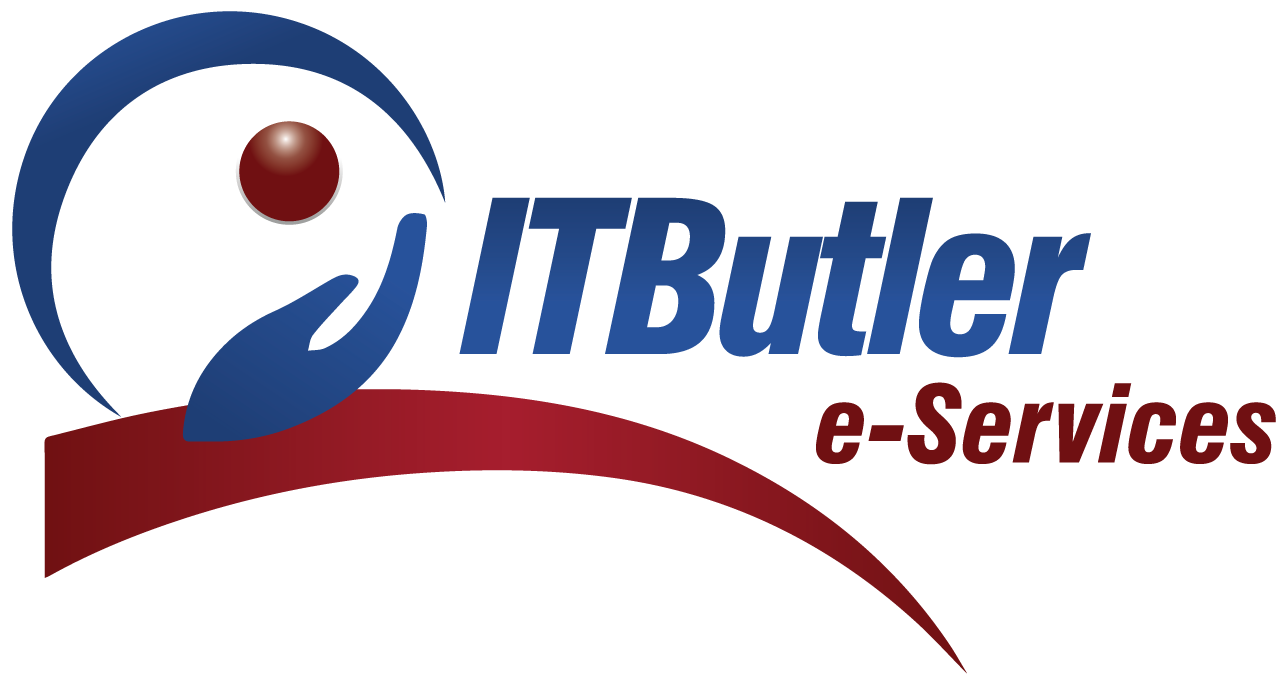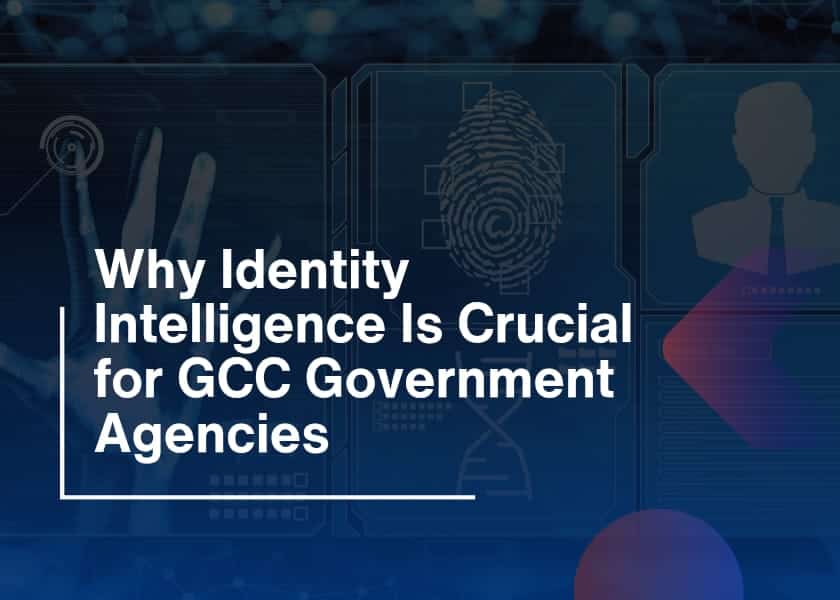Staying compliant with the NCA checklist is not just about ticking boxes. It’s about protecting data, building trust, and meeting the growing cybersecurity requirements in KSA (Kingdom of Saudi Arabia). Whether you’re in the private or government sector, aligning with the National Cybersecurity Authority (NCA) guidelines is now a crucial part of doing business safely and smartly. Therefore, in this blog, we’ll break down what the NCA compliance checklist means, why it matters, and how both sectors can smoothly implement it, without feeling overwhelmed.
What is the NCA Checklist?
The NCA checklist is a detailed framework introduced by Saudi Arabia’s National Cybersecurity Authority. Its purpose is to create a strong, unified cybersecurity foundation for all critical sectors. So, it applies to:
- Government entities
- Private companies working with the government
- Any organization that handles sensitive or critical national infrastructure.
Essentially, the checklist outlines a list of controls and measures that must be followed to ensure national-level cybersecurity protection. Furthermore, it’s not just about installing antivirus software, it’s about creating an entire culture of cybersecurity.
Why is NCA Compliance So Important in KSA?
Digital transformation in Saudi Arabia under its Vision 2030 expands rapidly across different industries, which makes cybersecurity an essential priority. Additionally, digital transformations within businesses alongside governmental sectors have resulted in a severe escalation of advanced cyber threats occurring more often. Therefore, cybersecurity specifications used in KSA operate at this very critical point. Furthermore, every organization in Saudi Arabia faces mandated expectations from the National Cybersecurity Authority to maintain cybersecurity standards because this ensures safety at both operational and national levels.
For the Public Sector
Public entities store massive quantities of highly confidential information, together with personal details and state-held data. Therefore, one cybersecurity incident that breaches security goes beyond just technical flaws. Consequently, it can have serious consequences for national defense, public safety, and economic stability. Therefore, organizations within the public sector must follow all requirements from the NCA compliance checklist because strict adherence is mandatory. Furthermore, the NCA checklist enables organizations to achieve information security while maintaining system operations, which preserves both public trust and confidentiality.
For the Private Sector
Private companies that conduct operations or supply services to the government share equal accountability. Therefore, all organizations that handle critical data through any process or storage system must meet established cybersecurity standards at the same high level. Non-compliance with security requirements results in major issues that include project termination, penalties and loss of trust from partners and clients. Therefore, showing yourself as a dependable organization with modern security ensures both compliance goals and future readiness.
Key Pillars of the NCA Checklist
Let’s take a closer look at the main pillars of the NCA compliance checklist that both sectors must address.
1. Governance and Cybersecurity Strategy
Firstly, organizations must define clear cybersecurity goals and ensure leadership involvement. Governance isn’t just about documentation; it’s about putting accountability and awareness at the top.
- Assign a Chief Information Security Officer (CISO)
- Develop a cybersecurity strategy aligned with business objectives
- Conduct regular audits and reviews
2. Risk Management and Control Measures
Two organizations will not face the same risks. That’s why risk control is a major pillar. Therefore, entities must identify threats, assess vulnerabilities, and put in place mitigation plans.
- Perform regular risk assessments
- Define acceptable risk thresholds
- Document and update risk registers
3. Human Factor Protection
Most breaches happen because of human error. That’s why the NCA insists on employee training, role-based access, and awareness programs.
- Conduct ongoing cybersecurity training
- Limit access based on roles and responsibilities
- Furthermore, monitor privileged user activity
4. Cybersecurity Operations
This includes the actual implementation of controls to prevent, detect, and respond to threats.
- Use Security Information and Event Management (SIEM) systems
- Establish an incident response plan
- Monitor logs and network activity continuously
Sector-Specific Guidelines
Both the private and government sectors must follow the core checklist, but here’s how the implementation may vary.
Government Sector
Government entities are under stricter timelines and higher scrutiny. Therefore, they must follow these additional rules.
- Integrate NCA controls into procurement and project management
- Ensure third-party vendors also comply
- Submit regular compliance reports to NCA
Private Sector
Private companies, especially contractors or digital service providers for the government, need to:
- Align internal policies with NCA’s cybersecurity requirements
- Get certified (where applicable) under NCA frameworks
- Maintain records to show proof of compliance during audits

How to Implement the NCA Compliance Checklist Efficiently
1. Perform a Gap Analysis
Firstly, start by comparing your current cybersecurity practices with the NCA checklist. Then identify gaps and prioritize actions based on risk.
2. Build a Compliance Team
A cross-functional team, including IT, legal, HR, and leadership, should oversee compliance. Having just the IT team handle it won’t be enough.
3. Use a Roadmap
Don’t try to implement everything at once. Firstly, build a phased roadmap with deadlines and milestones.
4. Automate Where Possible
Use tools to monitor access, detect threats, and generate compliance reports. Therefore,, automation can reduce human error and save time.
Common Challenges & How to Overcome Them
Compliance isn’t always easy. Here are a few challenges and tips to handle them.
Lack of Expertise
Train your internal team or bring in external cybersecurity consultants familiar with cybersecurity requirements in KSA.
Budget Constraints
Prioritize high-risk areas first. In fact, not everything needs to be expensive, some practices just require better policies and awareness.
Employee Resistance
Make cybersecurity part of the culture, not just a rulebook. Reward secure behavior and conduct fun awareness sessions.
The Role of Risk Control in Continuous Compliance
When we discuss risk control, it’s a critical aspect of the NCA compliance checklist. Compliance isn’t a one-time activity. Threats can evolve anytime. That means your risk assessments and controls need regular updates too.
What to focus on:
- New digital projects or expansions
- Changes in third-party vendors
- Emerging cybersecurity threats in the region
By making risk control part of your everyday operations, you’ll stay ahead of both hackers and compliance deadlines.
Final Thoughts
The implementation of the NCA checklist by public authorities and private businesses is being made mandatory by extending it to become a unified partnership that protects Saudi Arabia’s digital environment. Therefore, adhering to regulatory guidelines protects against advanced and developing cyber threats while preventing legal penalties. Additionally, the establishment of trust rests upon developing resilience together with accountability. In addition, digital security, transparency, proactive measures, and consistent practices, drive organizations to gain clients’ and citizens’ trust rather than technical policy implementation. Therefore, NCA’s cybersecurity framework compliance enables your organization to achieve all client trust.





